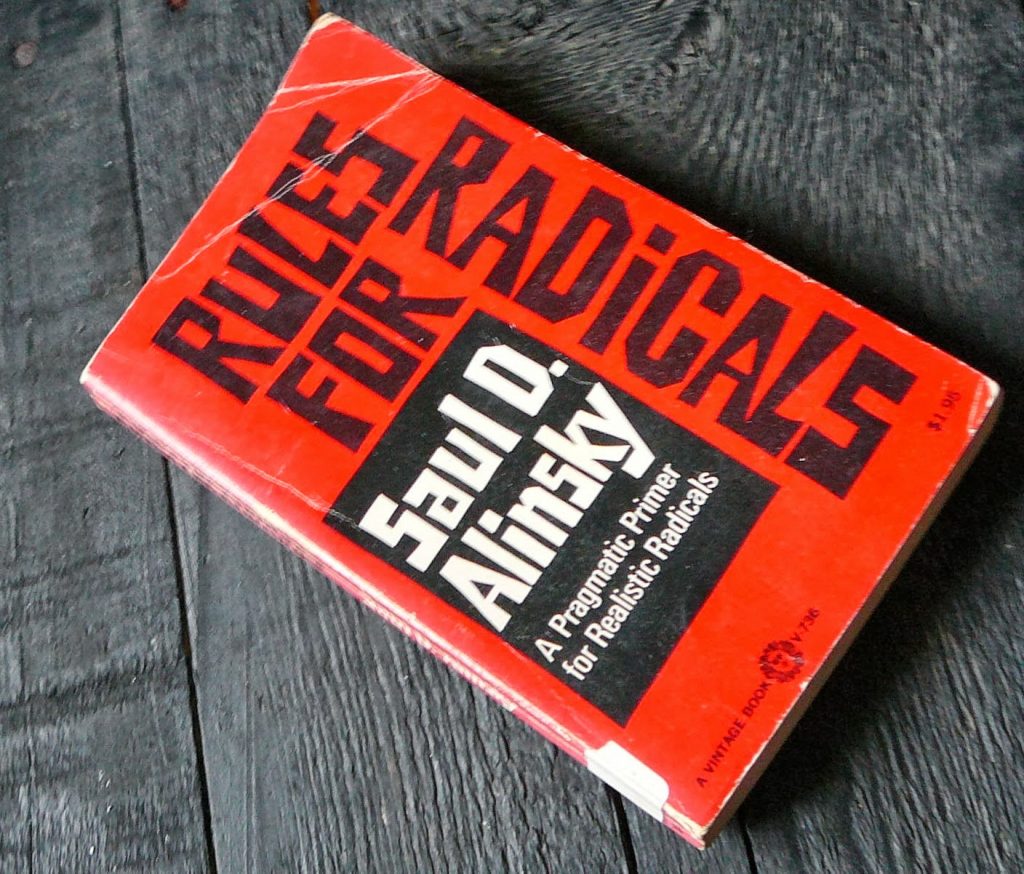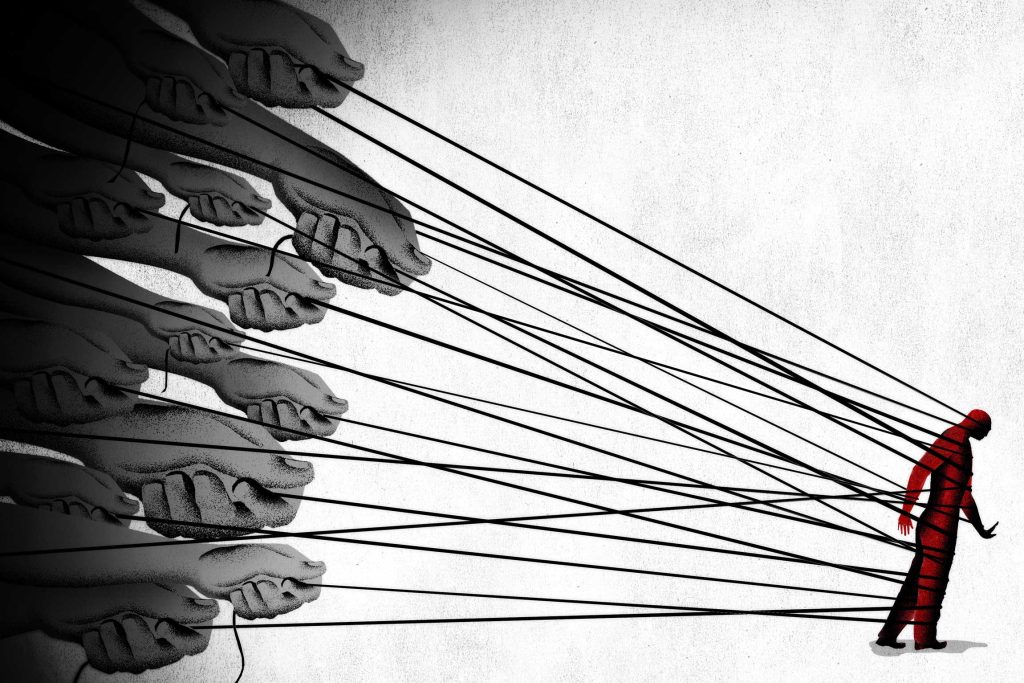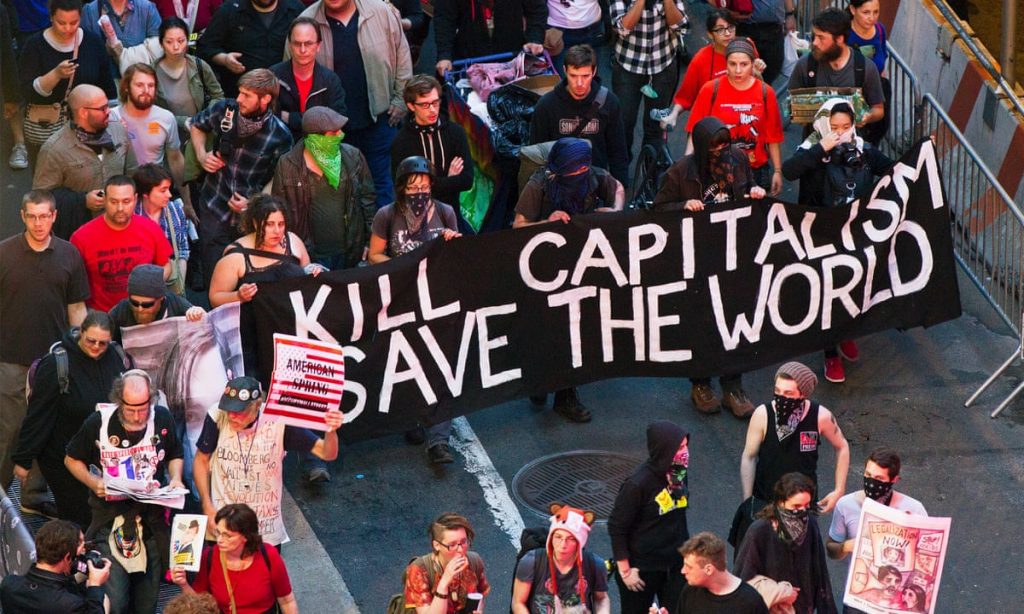Rules for Radicals

Radicals and Reactionaries
Words have meaning. Lets start with some terms. In order to understand the jargon, you’ll need to know what these words mean, you’ll need some definitions.
I’ll begin with Liberalism and Conservatism:
Liberalism

Liberalism espouses a wide array of views, depending on the liberal's understanding of these principles, but liberals generally support individual rights (including civil rights and human rights), democracy, secularism, freedom of speech, freedom of the press, freedom of religion and a market economy.
Conservatism
Conservatism is an aesthetic, cultural, social, and political philosophy, which seeks to promote and to preserve traditional social institutions. In Western culture, conservatives seek to preserve a range of institutions such as organized religion, parliamentary or republican government, and property rights.

I’m never sure why so many forget that the root part of the word conservative is Conserve. As in conservation and preservation. Really conservatives are ecologists, and I’d like to know how that, like so many other concepts, has gotten hijacked somewhere along the way.
Let’s go a little further out on the political scale with Radicals and Reactionaries. Another thing I always think is odd is when someone says “Radical Right Wing”. Semantically speaking, there is no such thing. Another hijacking has occurred here.
Radicals

A Radical is a person whose beliefs lie on the extreme far 'left' of the political scale, an ultra-liberal. Radical politics denotes the intent to transform or replace the fundamental principles of a society or political system, through social change, structural change, radical reform, or, if necessary revolution.
Reactionaries
A Reactionary is a person whose beliefs lie extremely far on the 'right' side of the political scale, or an ultra- conservative. Reactionaries are so conservative that they want to reverse political progress or change.

According to these definitions, and believe me, the meanings get twisted sometimes, the founding fathers were Radicals. I will admit, they were extremists, but not really Radicals.
Clint Eastwood has a great quote about extremists: “Extremism is so easy. You’ve got your position, and that’s it. It doesn’t take much thought. And when you go far enough to the right you meet the same idiots coming around from the left.” Somewhere around the back, the extremists meet.
But what about the Rules for Radicals? Now that you understand some of the terminology, let’s take a look at Alinsky’s rules for the Left:
RULE 1:
- “Power is not only what you have, but what the enemy thinks you have.” Power is derived from 2 main sources — money and people. “Have-Nots” must build power from flesh and blood.
RULE 2:
- “Never go outside the expertise of your people.” It results in confusion, fear, and retreat. Feeling secure adds to the backbone of anyone.
RULE 3:
- “Whenever possible, go outside the expertise of the enemy.” Look for ways to increase insecurity, anxiety, and uncertainty.
RULE 4:
- “Make the enemy live up to its own book of rules.” If the rule is that every letter gets a reply, send 30,000 letters. You can kill them with this because no one can possibly obey all of their own rules.
RULE 5:
- “Ridicule is man’s most potent weapon.” There is no defense. It’s irrational. It’s infuriating. It also works as a key pressure point to force the enemy into concessions.
RULE 6:
- “A good tactic is one your people enjoy.” They’ll keep doing it without urging and come back to do more. They’re doing their thing, and will even suggest better ones.
* RULE 7:
- “A tactic that drags on too long becomes a drag.” Don’t become old news.
* RULE 8:
- “Keep the pressure on. Never let up.” Keep trying new things to keep the opposition off balance. As the opposition masters one approach, hit them from the flank with something new.
* RULE 9:
- “The threat is usually more terrifying than the thing itself.” Imagination and ego can dream up many more consequences than any activist.
* RULE 10:
- “If you push a negative hard enough, it will push through and become a positive.” Violence from the other side can win the public to your side because the public sympathizes with the underdog.
RULE 11:
- “The price of a successful attack is a constructive alternative.” Never let the enemy score points because you’re caught without a solution to the problem.
RULE 12:
- Pick the target, freeze it, personalize it, and polarize it.” Cut off the support network and isolate the target from sympathy. Go after people and not institutions; people hurt faster than institutions.
So, there you have it. The quintessential 12 rules to help anyone hoping to be radical one day become that successful radical they aspire to be. Learn these rules. Mostly so they can’t be used against you. Don’t let ‘them’ confuse you, do not give a care about what ‘they’ think about you. When ‘they’ call you names, laugh at them. Should you stoop to ‘their’ level and fight fire with fire? I’ll leave that to you. These tactics are effective. Is this war? If you don’t think it is, you’ve missed the point of Alinsky’s 12 rules…

